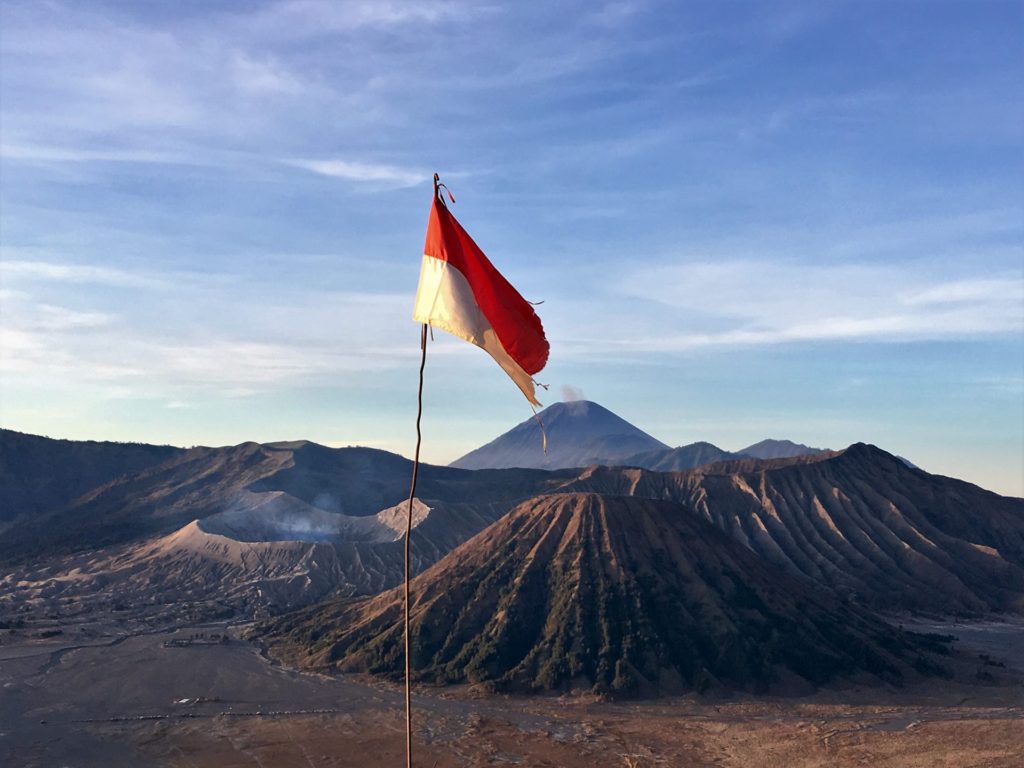
With more than 17000 islands no wonder Indonesia is a big country. It is also one of the most populated countries in the world. I landed in this vast piece of paradise on September the 22nd, 2018. After having spent the previous eleven months in Australia (doing my Work & Holiday visa) I felt both excited and happy when, a couple of days ago, I decided to choose this beautiful country as the starting point of my 3-month solo trip. I had 30 days in Indonesia ahead of me and I couldn’t wait for it!
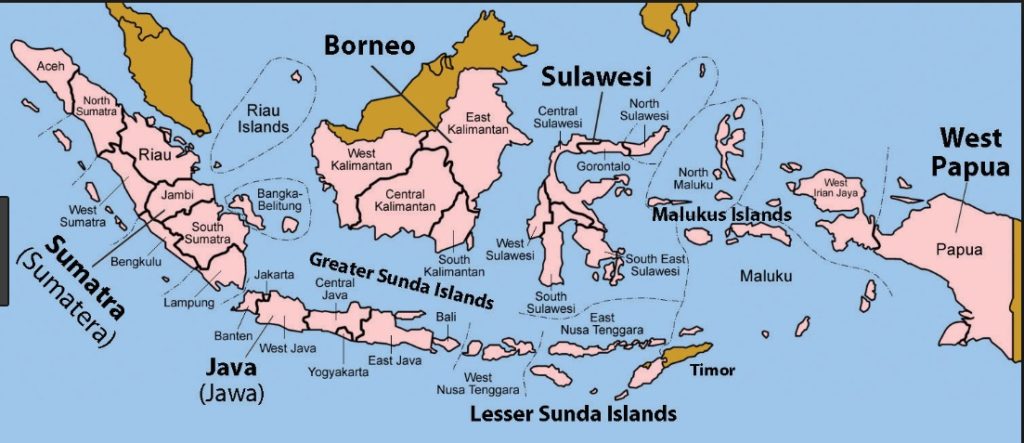
Do you need a visa to enter Indonesia?
If the purpose of your trip is purely holidays and you are not going to spend more than 30 days in Indonesia, normally, you don’t need to do anything, other than holding a valid passport… At least that’s what I thought as I was checking-in my backpack, getting ready to leave Australia. In my case, I’m Spanish and I was going to spend 30 days in the country with holidays as my main purpose, so, I thought I was all good.

I still remember how while I was proceeding with my check-in in Cairns (Australia) the officer and I had a “funny conversation”:
“Where are you going next?”
“I have no clue, I just have my ticket from Cairns to Denpasar (Bali) and that’s all.”
“I see, so, if you want to step onto the plane you need to have a valid return ticket to leave Indonesia within 30 days.”
“Mmm, ok.”
I left the check-in queue, used my phone and bought a return ticket to leave Indonesia exactly after 30 days. So, to sum up, to be able to enter Indonesia for free and without having to do any paperwork, you must have the following:
- Valid passport from any of the exempt countries
- Your main travelling purpose is holidays
- Return ticket to leave the country within 30 days
For further information on the exempt countries and on the Indonesian visa itself, check the following:
https://en.wikipedia.org/wiki/Visa_policy_of_Indonesia
When is the best time to visit Indonesia?
Like in many other countries in Southeast Asia, Indonesia has two main seasons: wet and dry. The dry season goes from May to September, while the wet one goes from October to April. So, yes, the “best” time to go would be between May and September, but that doesn’t mean that the weather will be perfect then and it will be horrible during the other months. I remember myself checking the weather now and then before going somewhere until I decided to go with the flow and let the weather “surprise” me. The size of the country plus the special climate throughout Southeast Asia makes it very hard to have a perfect weather throughout your whole trip. That being said, I found this amazing website where you can check when is the best time to go to Indonesia and to other countries in Southeast Asia:
https://www.selectiveasia.com/indonesia-holidays/weather
Should you get vaccinated to go to Indonesia?
When I decided to leave Australia I didn’t have my trip to Southeast Asia properly planned. Thus, I didn’t get any vaccines. If you do some research, you’ll find some areas in Indonesia where you could get malaria. On this point, even if I didn’t get vaccinated, I did my best to avoid mosquito bites. I bought mosquito coils and mosquito repellents. I tried to wear long pants and long sleeve at sunrise and sunset. Overall, I tried to be conscious about it. I bought the mosquito coils and repellents in Indonesia. I would say they are cheaper and better than the ones you might find in your country. For the repellents I tried the artificial ones (I made sure they included DEET) and the natural ones (the ones including citronella).
I also heard some stuff about dengue but I was lucky I didn’t get infected. I was bitten by sand flies before I left Australia. During my trip in Southeast Asia I was bitten by mosquitos (even if I used repellent) and by bedbugs, but nothing to worry about. For the bedbugs, most of you would think that you get them in the worst hostels, but, funny enough, most of the times I got them in the best-looking, cleanest and newest ones. With the same cream I bought before leaving Australia (one that had antihistamine) I was able to cure all my bites. All in all, if I had had more time to plan my trip, I would have probably got the malaria vaccine. I didn’t, and I went to Labuan Bajo, Komodo Islands and Sumatra and, in the end, everything went alright. For further info on what vaccines you might need for your trip to Indonesia:
https://wwwnc.cdc.gov/travel/destinations/traveler/none/indonesia
Currency and expenses
The official currency in Indonesia is the Indonesian Rupiah (IDR) and at the time of my trip the conversion was 1 EUR = 17640 IDR. Now it seems the prices are a little bit higher but, still, I found Indonesia as one of the cheapest countries in Southeast Asia. Just to give you some examples:
- Beer: 20 K
- Coffee: 10 K
- Water: 5 K
- Nasi Goreng: 10-25 K
- Sunscreen: 145 K
- Hostels in Bali: 50-100 K per night
- SIM card with 8 GB: 75 K (I had some help from a local)
- Moto 125 cc in Kuta: 55 K per day during 7 days
- Advanced Open Water course: 2900 K
- 5 dives in Pulau Weh: 1500 K
- Train from Banyuwangi to Probolinggo: 29 K
- Bus from Surabaya to Yogyakarta: 51 K
- Ballet at Prambanan: 125 K
- Flight from Yogyakarta to Medan: 1105 K
- 2D1N tour to Komodo Islands: 900 K
Like in any country, prices vary depending on your preferences. For me, I didn’t care too much whether the place to spend the night had a swimming pool or views to the ocean, so, I didn’t spend much money in accommodation. The same goes for food. I like to mingle with the locals as much as possible and that means that normally food will cost less compared to touristic bars/restaurants. During my 30 days in Indonesia I spent a total of 22 million of IDR.
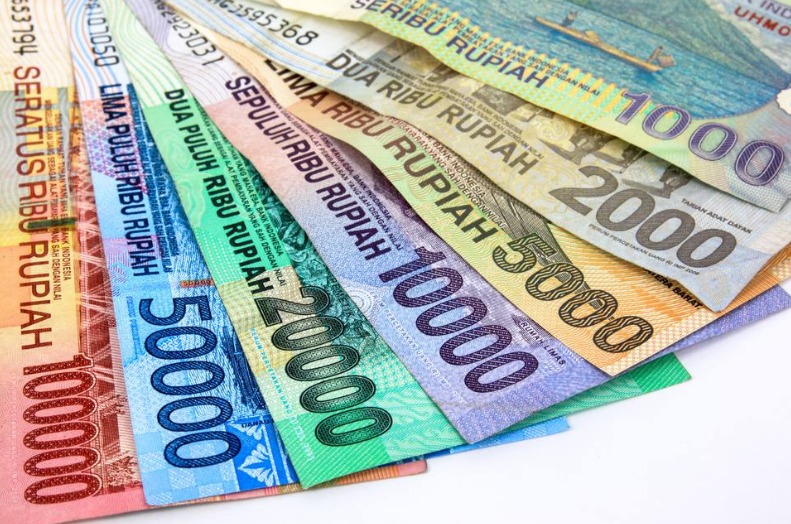
Back then, that was around 1250 euros. I spent most of that money in diving (I got my Advanced Open Water certification and did 8 more dives in Pulau Weh and Komodo Islands), flights (from Java to Sumatra, from Sumatra to Bali, from Bali to Flores and from Flores back to Bali) and some excursions like the one in the jungle of Ketambe and the one in Komodo Islands. The little rest was spent in food, accommodation and transport (other than flights). So, during your trip you will spend more or less depending on your preferences and your way of travelling but what’s sure is that Indonesia is one of the cheapest countries I’ve seen so far in Southeast Asia 🙂
I brought cash with me from Australia so I didn’t need to use ATMs. That being said, in the most touristic areas, you shouldn’t have problems finding ATMs to withdraw money from. To change your money, you will also find plenty of Currency Exchange booths. In some of them you’ll see a great exchange rate while in some others it will be worse. You need to use your intuition here and double-check before changing your money. Some places might have an amazing exchange rate but they look kind of shady. So, before changing your money, check your different options and try to make sure the place you are going to is legal and the money you are getting is “real”.
Food: my 5 favourite dishes in Indonesia
Being a country with so many islands, as you might imagine, there are tons of food choices. That being said, there are some dishes that stand out from the rest, due to its popularity and taste. I was lucky enough to try plenty of different food in Indonesia and I would like to show you 5 of my favourite dishes:
- Nasi Goreng: I would say it is as famous as paella in Spain. It is impossible to go to Indonesia and leave without having tried this dish. “Nasi” means rice and “Goreng” means fried. So, the most typical dish in Indonesia is fried rice. That’s the base, but normally it can come with “telur” (fried egg), “ayam” (chicken), “udang” (shrimp), “daging sapi” (beef) and/or vegetables. Another key ingredient to this delicious and ubiquitous dish is the “Kecap Manis” (sweet soya sauce).
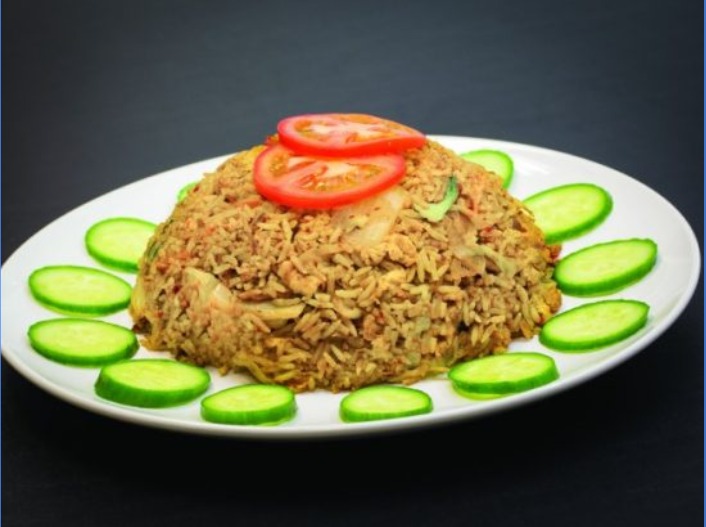
- Mie Goreng: A variant of Nasi Goreng but this time instead of using “Nasi” as the base we use “Mie” (noodles). So, this dish is pretty similar to Nasi Goreng but with noodles as the base, instead of rice. For those of you who prefer noodles over rice this is your best choice!

- Tempe: This was by far the biggest surprise. The first time I tried it I realised it was delicious, but I couldn’t describe what it was. I didn’t know exactly what I was eating. Then, after trying it a few other times and talking to some locals, I found out what it was: fermented soybean. For those of you who are vegetarians, this is one of your best options. By the way, even if most of the times you can find meat in the Indonesian food, if you are vegetarian, you can for example order Nasi Goreng but ask to have it without “ayam” but with “telur”. Back to Tempe, you can have it on its own fried or on the grill or as a side dish to other main dishes.

- Gado-Gado: This is a delicious and refreshing salad that can have it all. From fresh vegetables to boiled ones. From tempe to tofu. From boiled eggs to boiled potatoes. It normally comes with peanut and spicy sauce and it can be presented as main or side dish.
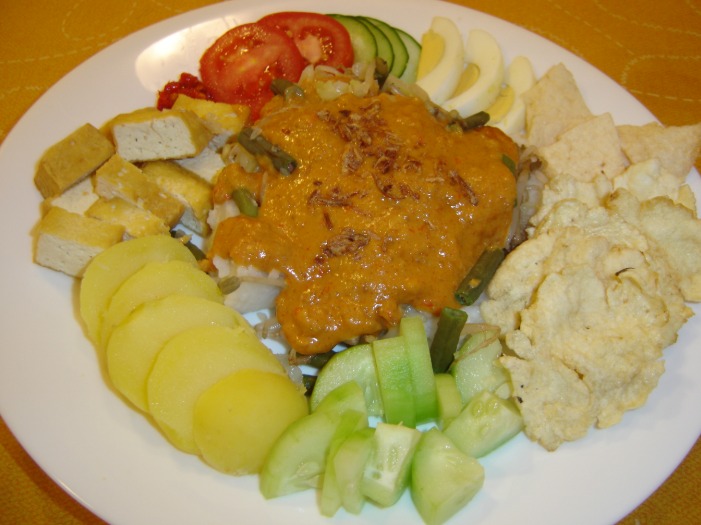
- Sate/Satay: In some places they called it “Sate” and in some others “Satay”. At the end of the day is the same: something similar to our “pinchitos” (skewers). The skewers can be made of chicken, beef, goat, lamb, pork or fish. To be honest, I never saw vegetarian sates, but I’m sure nowadays there will be already some options available. You can find it on the street and/or in restaurants and normally they come with peanut sauce.
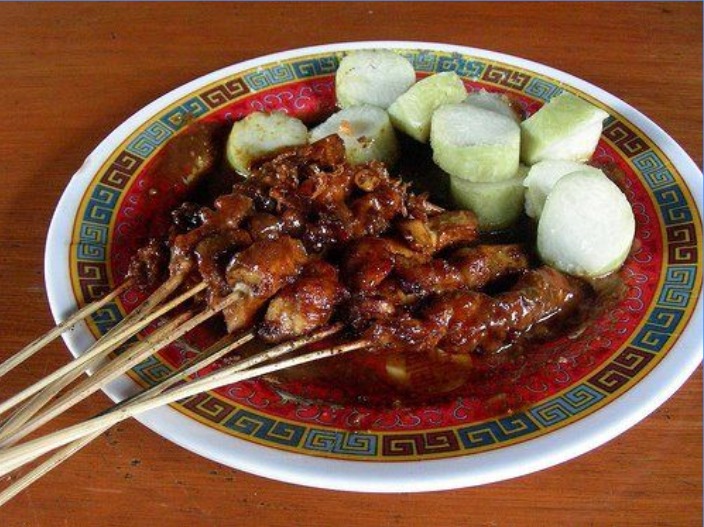
Useful words/sentences
I always feel like trying to learn at least some basic stuff when going to a new country. I think it helps you mingle with locals and also shows you are making an effort to try to understand them and their culture. So, here you have some basic words, sentences and numbers that can help you out during your time in Indonesia 🙂
- Thanks a lot: Terima kasih (Indonesian), Matur suksma (Balinese)
- Excuse me: Permisi
- Sorry: Maaf
- Good morning: Selamat pagi
- Good afternoon: Selamat sore
- Good evening: Selamat malam
- How are you?: Apa kabar
- Goodbye: Selamat jalan
- How much is it?: Berapa harganya?
- The bill, please: Tagihannya, silahkan
- Cheap: Murah
- Expensive: Mahal
- Thousand: Ribu
- Alone: Sendirian
- Exit: Keluar
- One: Satu
- Two: Dua
- Three: Tiga
- Four: Empat
- Five: Lima
- Six: Enam
- Seven: Tujuh
- Eight: Delapan
- Nine: Sembilan
- Ten: Sepuluh
Useful apps for your trip in Indonesia
- Maps.me: One of the greatest surprises. It is basically an offline maps application where you must download the maps of the intended countries beforehand. The good thing about this app is that it is used by many curious and adventurous people, which leads to amazing routes being created. Another good point is that the app allows you to comment on some routes, points, or monuments so you can update its situation. For example, I used this app to find my way to the caldera of Bromo. Imagine that tomorrow something happens and the route must be closed. Then, someone can update the route letting you know that that path is no longer available.
- Grab: You ever heard about Uber? I bet you did. So, Grab is basically the same concept, service an idea behind Uber but it can be found in the following Southeast Asian countries: Singapore (where it was developed), Malaysia, Indonesia, Philippines, Vietnam, Thailand, Myanmar and Cambodia. I don’t remember who told me about this app but once I learnt about it in Bali I started to use it quite a lot. Prices are really good (sometimes they might be unfair to the drivers and I gave the some tips), drives are professionals and you know where you are going. One extra cool thing about this app is that you can even hire motorcycle services! Like that you can get a cheaper price (when you are travelling solo getting a taxi for yourself can be a little pricey) and depending on where you are you can get to your destination faster.
- Go-Jek: I tried to hire a rider next to the bus station of Ubung. The first one came and left when some locals approached him and started talking to him. Another one came and the same result. I then realised they are not allowed to work within a certain distance from public transport stations. While I was walking away from the perimeter to be able to hire another rider, I realised there were similar riders with different helmets and jackets. That’s when I discovered Go-Jek. It’s the same principle as Grab but it operates in less countries (as of now). It works in Indonesia (where it was developed), Vietnam, Singapore and Thailand. It will soon start to be available in the Philippines and Malaysia. Like with Grab, you can also hire a motorcycle service!
- Traveloka: I met a Polish girl (hello Luna!) on my way to Pulau Weh. We talked about many things and, among them, she revealed this amazing app to me. It works in Indonesia (where it was developed), Malaysia, Thailand, the Philippines, Vietnam, Singapur and even Australia! I used it without any problems to book several flights in Indonesia and in the Philippines. They have (now and then) better prices than in the regular flight agencies and you don’t have to do anything to get those deals. I know normally it doesn’t work like that and you have to register yourself to get discounts with most of the flight companies, but it is not the case with Traveloka. You can also use it to book your hostels 🙂
- Agoda: You ever heard about booking.com? I guess you did. Someone told me about Agoda during the beginning of my trip, when I had just arrived to Ubud. It is basically like booking.com but sometimes you can get better deals. The app is supposed to be available worldwide but I used it mostly in Southeast Asia, where, apparently, is where you can get the best discounts. Like with Traveloka, you don’t need to register or do anything special to get the discounts. My advise: check on Booking and Agoda before booking your accommodation and get the cheapest one!
What to see in Indonesia?
I guess by now you kind of know that Indonesia is a huge country right? So, your choices are endless. Most of the people focus on Bali, which is very nice but it is also the most touristic island in Indonesia. If you go to Kuta and its surroundings you will feel like in Australia. The locals even call you “mate” lol. Bali has beautiful temples and landscapes. But the same goes for other islands in Indonesia! I was lucky enough to visit Bali but also Java, where I saw some astonishing temples and volcanoes! I then spent some days in Sumatra, one of the wildest islands in Indonesia. Over there it is kind of difficult to meet tourists and that has pros and cons. Pros: you are alone with the locals. Cons: you are alone with the locals.
All in all, wandering around the rainforest of Ketambe trying to find Orangutanes made me feel like a truly adventurous. And what can I say about the island of Flores? Unfortunately not enough, because I was running out of time. But I was able to spend some days diving with turtles, mantas rays and sharks in Komodo Islands, one of the most amazing paradises on Earth. P.S: I also had the chance to face death by walking among Komodo Dragons. As you can see, there are so many things to see in Indonesia that you wouldn’t be able to see them all even in a lifetime. But, at least now you have some hints 😉
How to move around?
As soon as I left Denpasar’s airport I started bargaining with one of the many guys waiting for you as you leave the airport. I’m sure the final price was still exaggerated but after spending some kilometres in his taxi I arrived in Kuta. There I did some more bargaining (this is how it works in most of the Southeast Asian countries unless you want to see your money flying away in a few weeks) and finally I rented a 125 cc scooter for almost 10 days.
I didn’t know very well how to drive it. Last time I drove something similar was more than 10 years ago. I had been driving my car in Australia for 5 months, but even if in Indonesia they also drove on the left side, this was a completely different story. Nevertheless, I decided to go for it and I spent pretty much all my time in Bali riding that and other scooters. So, if you are in Bali, I really encourage you to rent a scooter. I think it is by far the best way to move around this island.
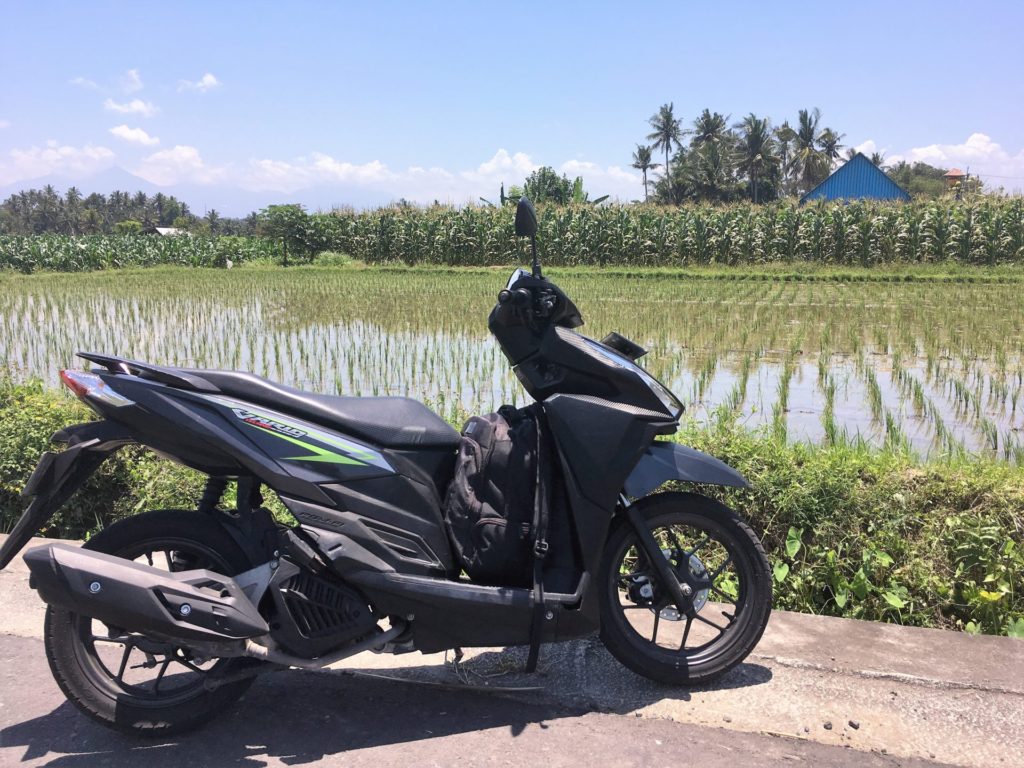
When I left Bali to go to Nusa Penida I took a boat. I took more boats throughout my time in Indonesia. Some of them might not look like the safest place on Earth but, at least in my case, I never had a problem. I also rented a scooter in Nusa Penida and there, even if you are kind of forced because there are not many options, I wouldn’t recommend it as much, due to the condition of the roads.
I used the Go-Jek and Grab apps in Indonesia and in some other countries in Southeast Asia. It is basically like Uber but you also have the choice to get someone riding a motorbike to take you wherever you are going. I never had a problem when I used them, except when I tried to get a rider nearby a bus/train station or an airport. There, they came by but they told me they could not pick me up due to some regulations. The way around that is to use the app a little far away from the station/terminal.
I took a bus to move from Bali to Java and even if it wasn’t the most beautiful or comfortable in the world it did just fine. Sometimes you might get scared when you see how fast the driver is going but I never had a problem lol. I took other buses in Java and they were also fine. To go from Banyuwangi to Probolingo I took a train and it was super cheap (29 K) and very nice and comfortable.
I took several flights throughout my time in Indonesia. Most of them were cheap, except when I tried to fly to Labuan Bajo to go to Komodo Islands. Not sure why but that one was kind of expensive. The companies were alright and some of them didn’t have much to envy to some of our European companies.
To sum up, depending on the island you are, I would use a different transport option. For sure, I would use scooters in Bali and I would trust public transport like buses, trains, airplanes and boats on the other islands.
Itinerary for 30 days in Indonesia
I spent 30 days in Indonesia and I visited different islands like Bali, Java, Sumatra and Flores.
Bali: Kuta, Ubud, Amed, Tulamben, Nusa Penida, Nusa Lembongan and Ceningan
Java: Banyuwangi, Kawah Ijen, Bromo, Yogyakarta
Sumatra: Medan, Ketambe, Banda Aceh, Pulau Weh
Flores: Labuan Bajo, Komodo National Park
Like always, you feel like you would like to spend more time and see more things. But, compared to other trips I’ve taken, I would say 30 days is a good amount of time to get to know the country and its culture a little bit as well as to enjoy some of its treasures.
